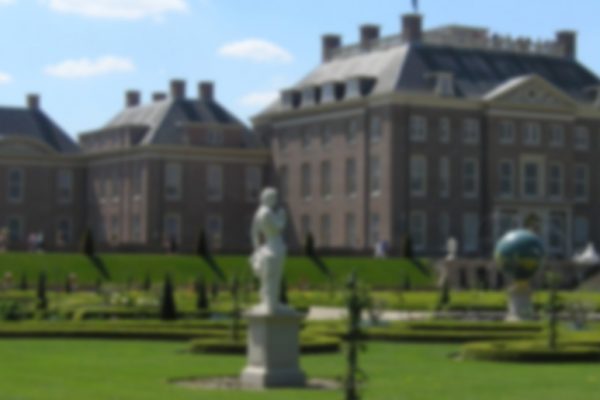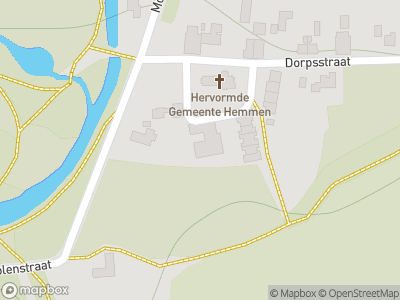Hemmen Estate is a haven of tranquillity spread over 700 hectares of pasture and woodland. An 18th-century English-style park forms an idyllic backdrop for the ruins of Hemmen House, which was completely destroyed in the winter of 1945 after a battle between German paratroopers and Canadian soldiers.
Van Lynden
The earliest record of Hemmen House dates from the 14th century, when Steven van Lynden was named its first lord. The Van Lyndens came from nearby Lienden and belonged to the old nobility of Gelderland. One very influential descendent from this noble family was Willem van Lynden (1729-1787), the 13th Lord of Hemmen and Viscount of Nijmegen. He was a friend and advisor to governor (stadholder) William V. When the patriots forced William V to flee The Hague in 1786, he was invited by Van Lynden to stay at the Valkhof in Nijmegen.
From castle…
Hemmen was originally built as a castle. It was centred around a keep to which a wing and a walled courtyard were added. A drawbridge provided access to the stronghold across a moat, but in the first half of the 18th century, the castle was destroyed by fire. In 1757, a grand, stately country house was built on the foundations of the old castle and the moat was filled in. An English-style garden was created on the grounds surrounding the house, where fruit, vegetables and flowers were grown. The gardens even boasted a greenhouse for growing grapes. The gardens are still there today.
…to ruins
In December 1944, the German occupiers flooded the entire Betuwe region. Hemmen House found itself in the centre of this chaotic front line. In early 1945, German soldiers had entrenched themselves in the house, where they were attacked by Canadian troops. Yet the Germans and the house proved stubborn when it came to surrender. Neither mortars nor tank shells could set the house on fire. The master stroke for the Canadians was smoke grenades filled with highly-flammable phosphorous. The stately country home was reduced to ashes and the Germans were driven out.
“














